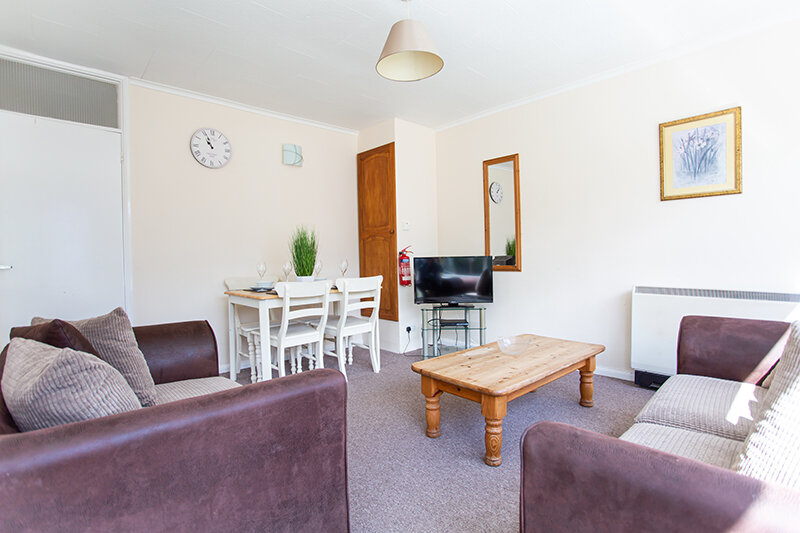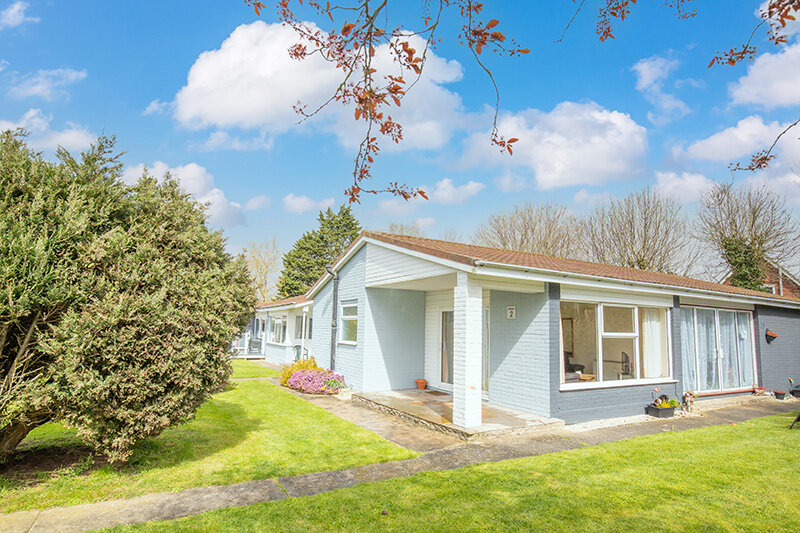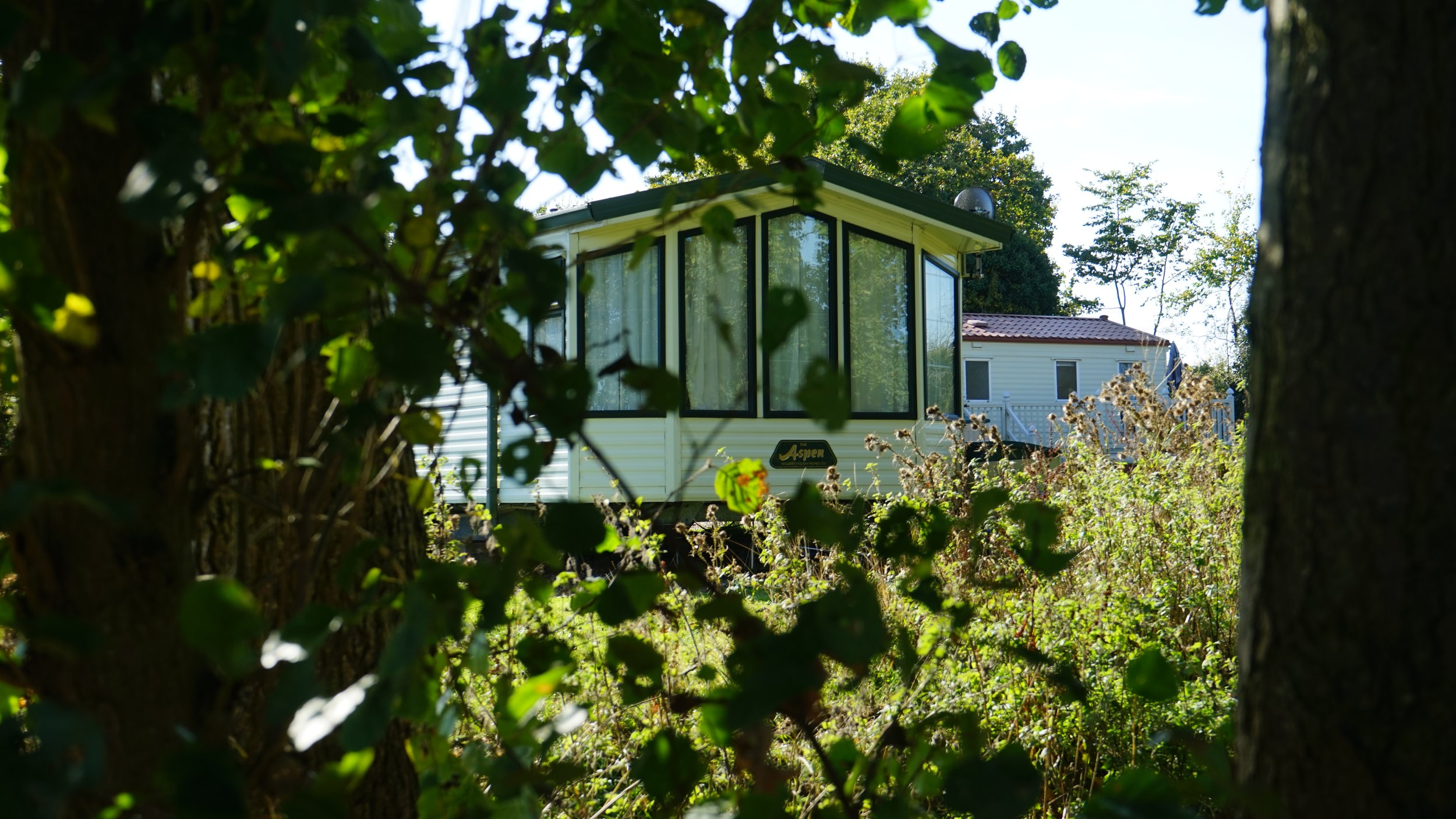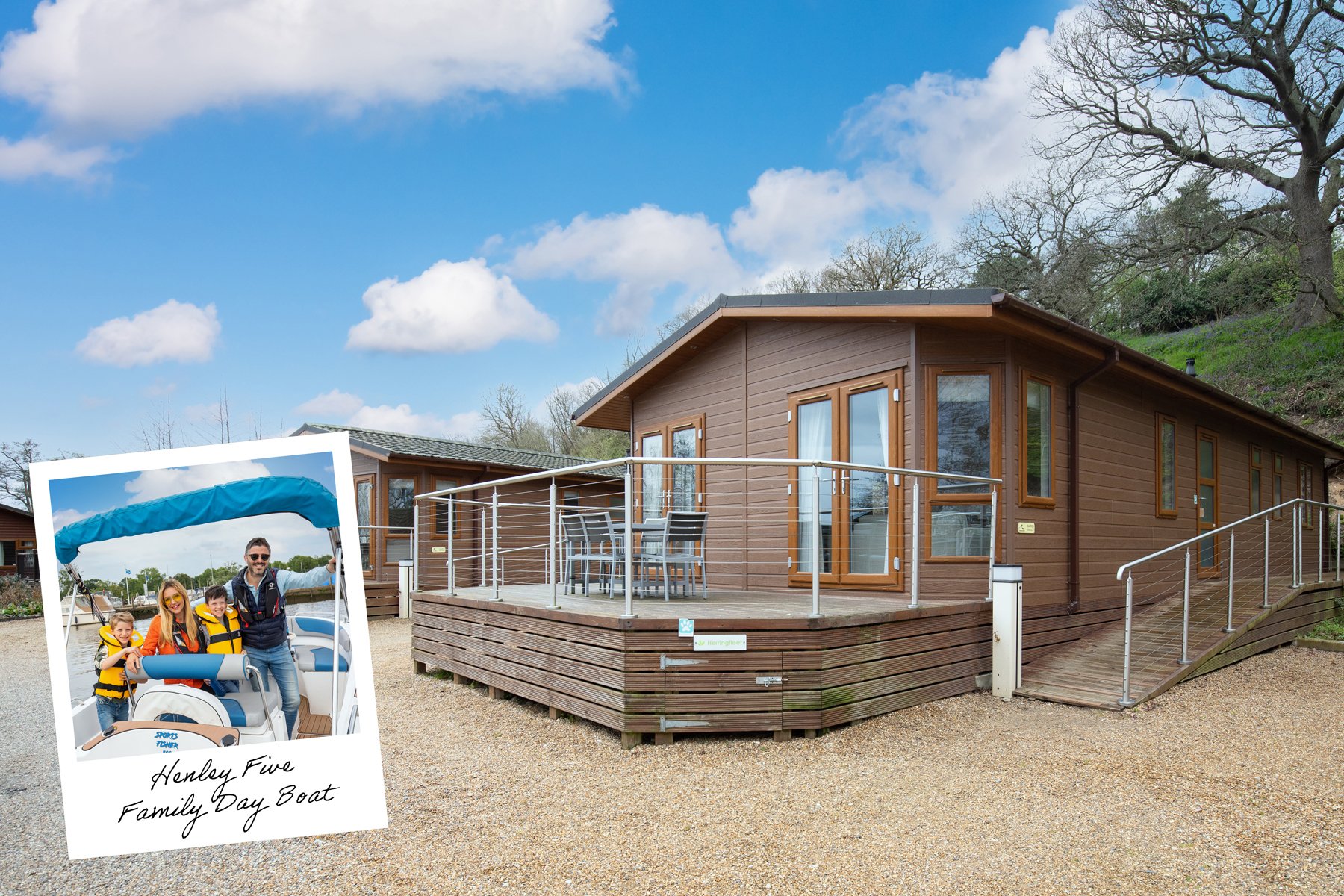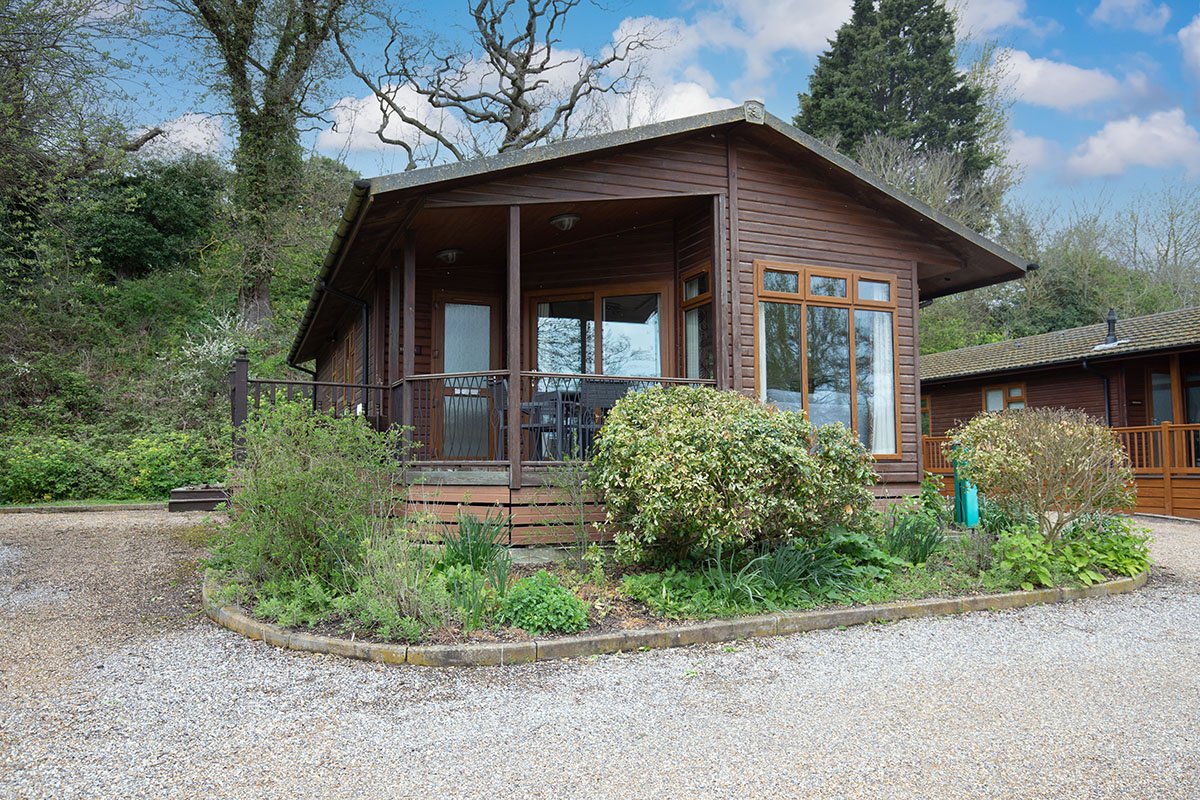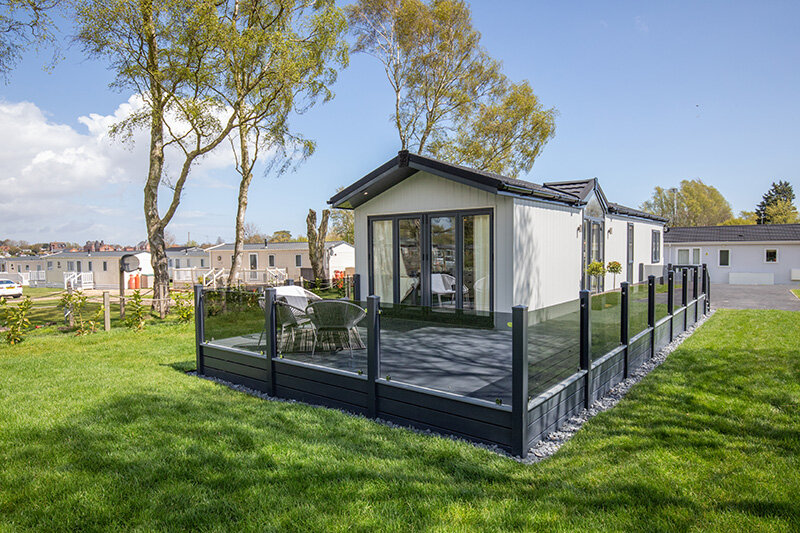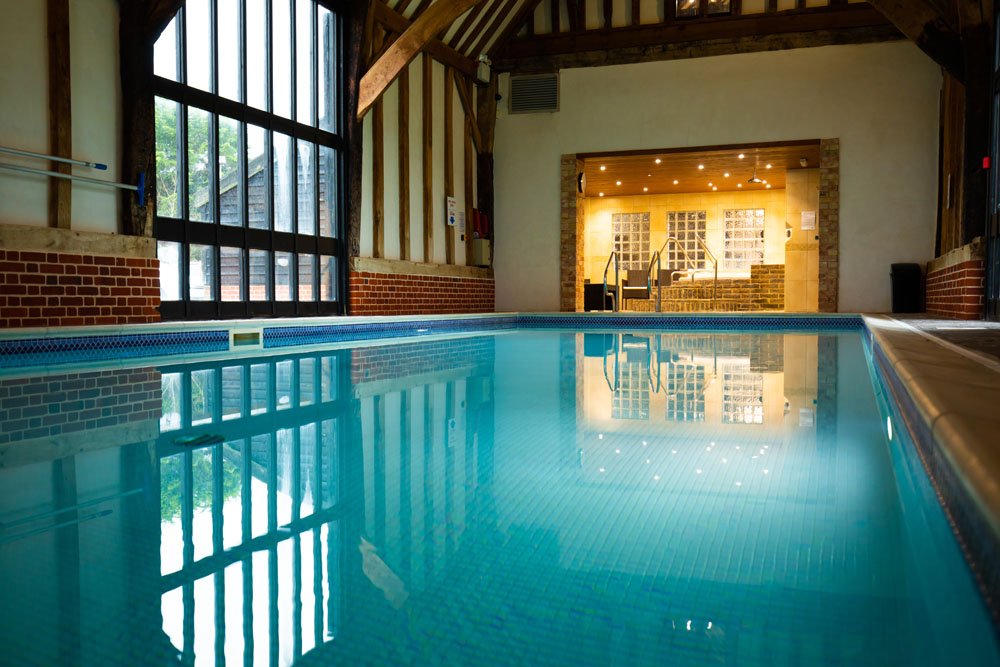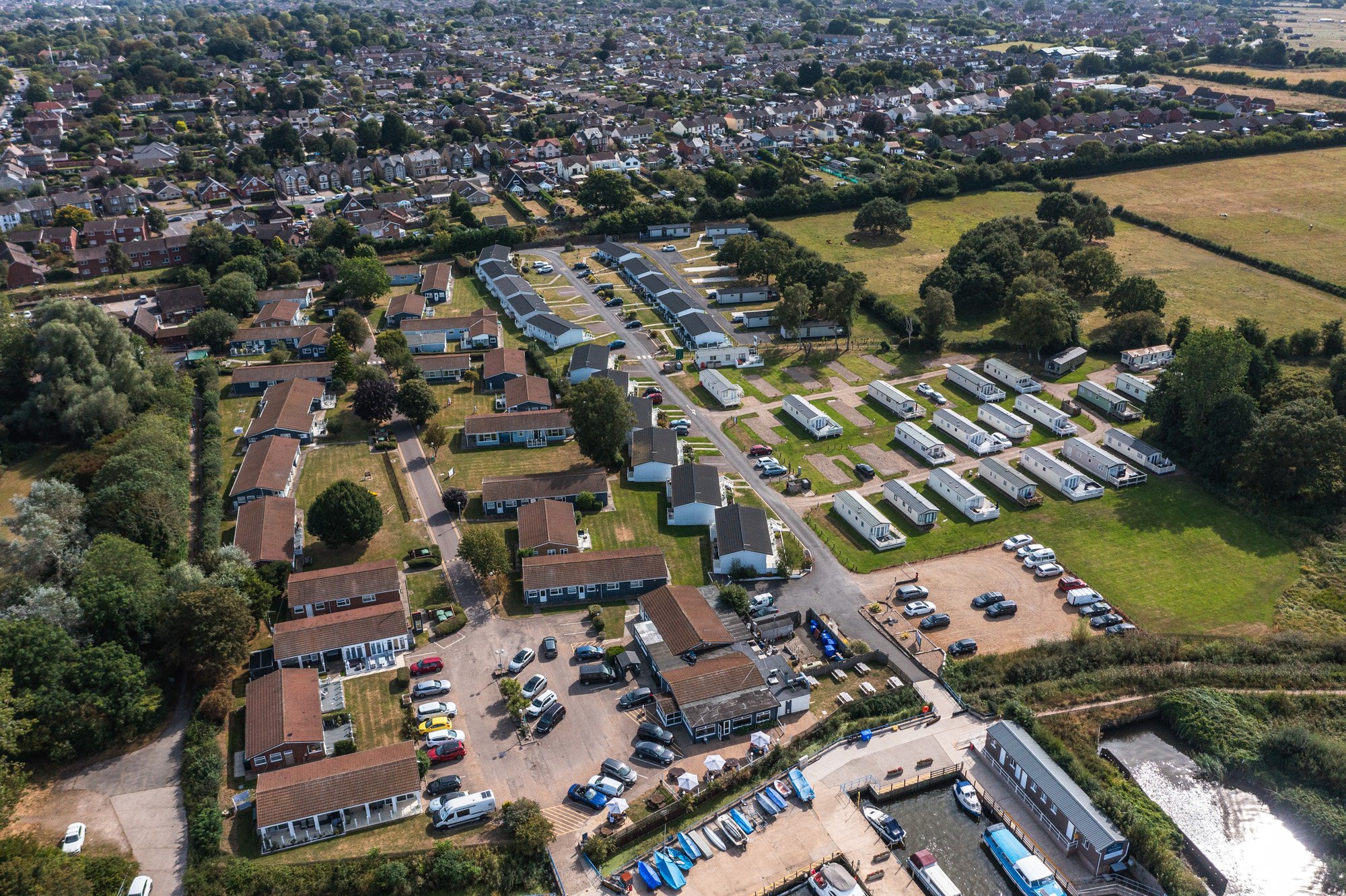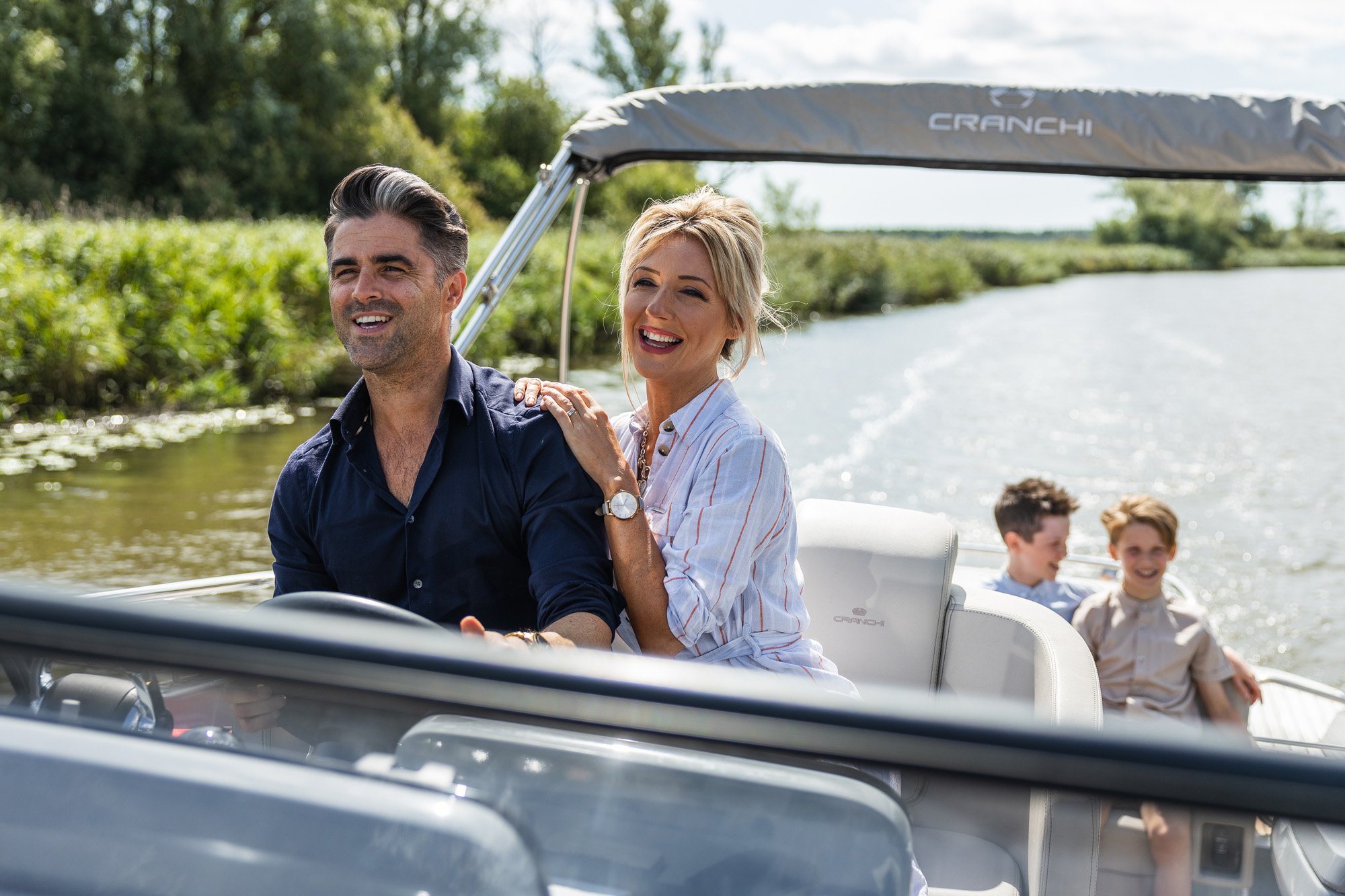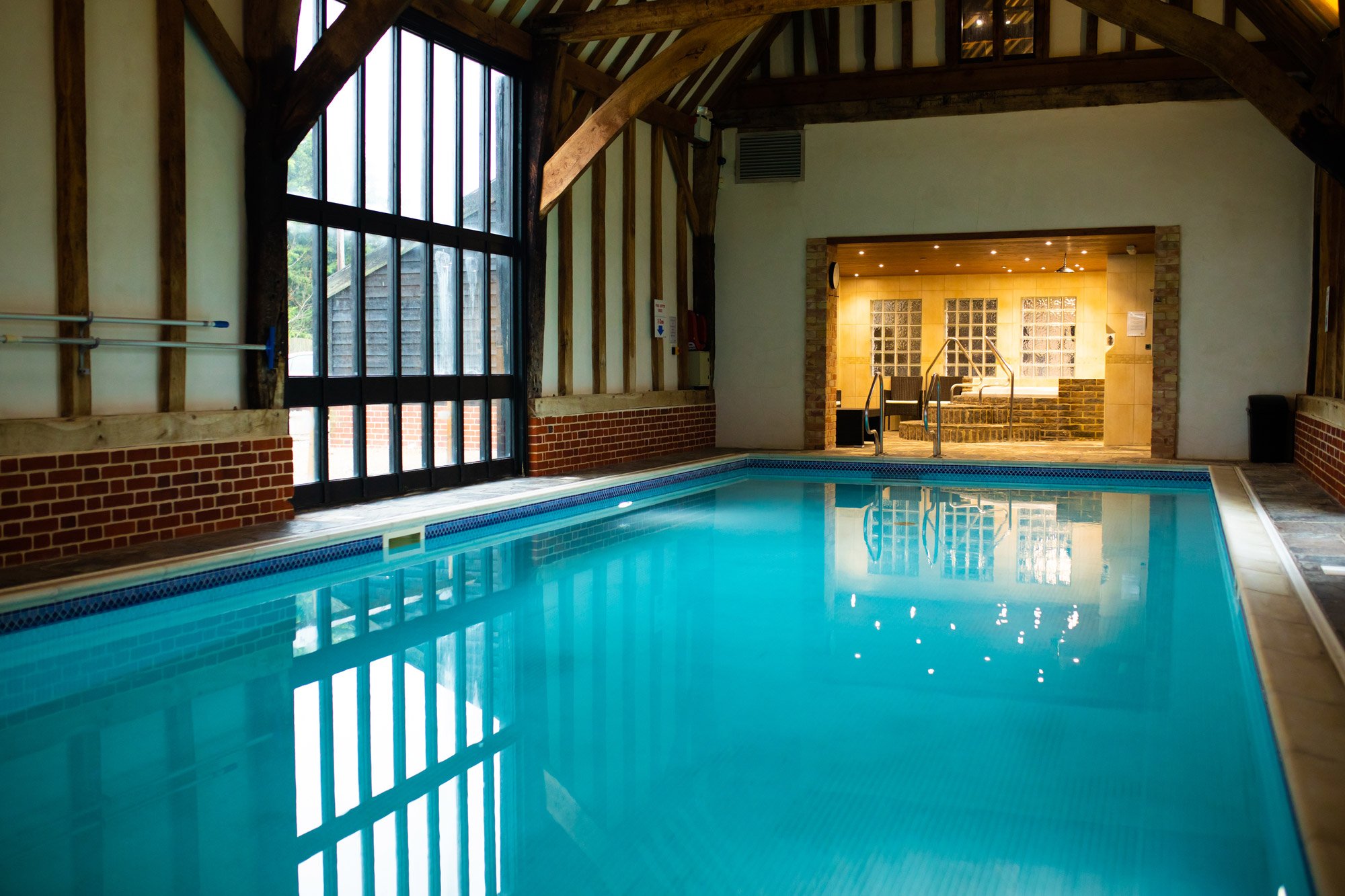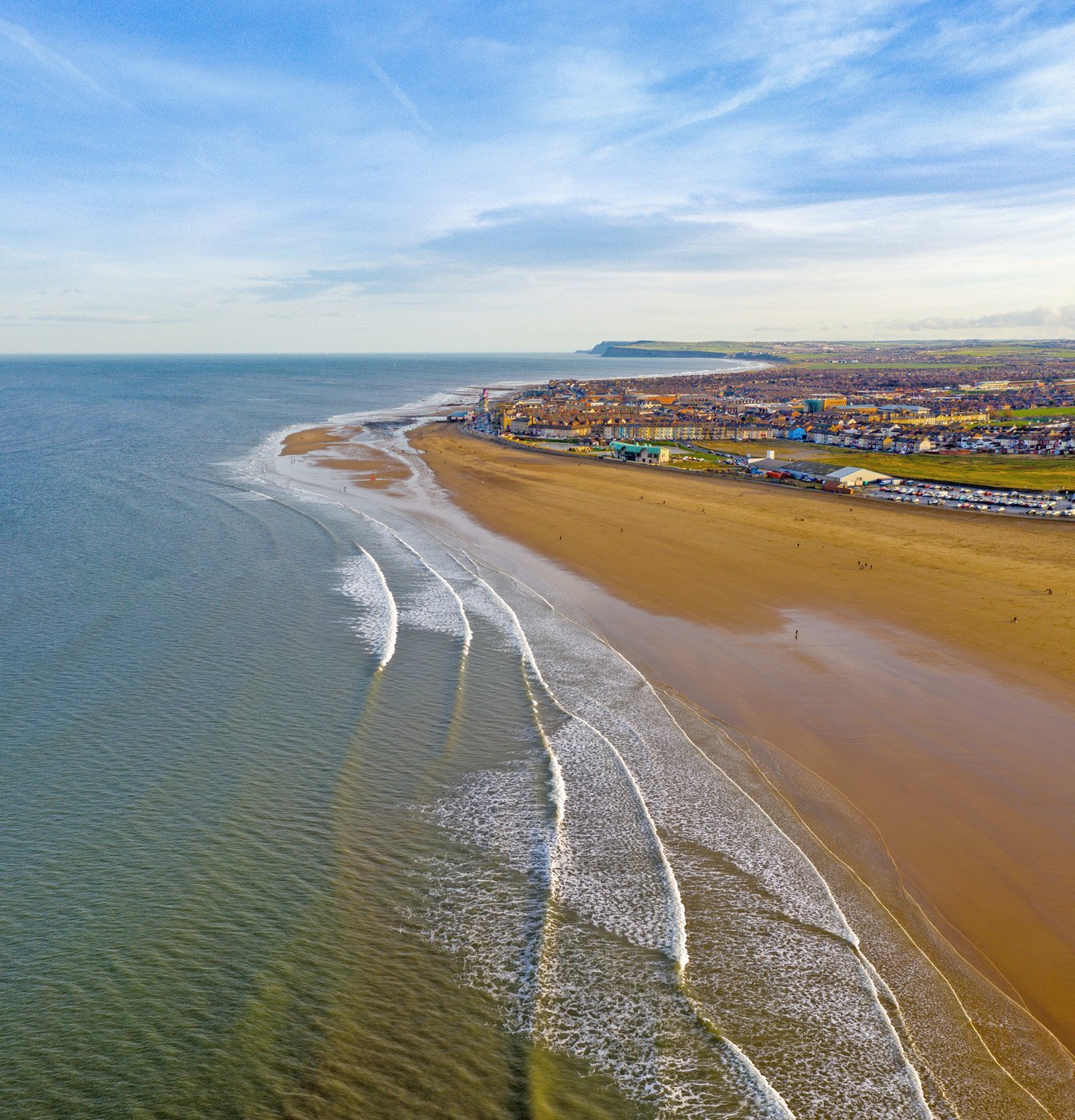
Bury St Edmunds Abbey Gates
SUFFOLK - A PLACE OF HISTORY
Suffolk is a relatively rare county in that it’s possible to put a date on when it was actually founded. It dates from the 5th century, and we know that because it emerged as the Romans left the area. Their empire was crumbling and, in what was the kingdom of East Anglia, people were settling to a new life.
Today the county is full of life; blessed with a glorious coastline and wonderful countryside, it’s a favourite destination for holidaymakers. It’s also a thriving centre for the arts, building on the heritage of world famous Suffolk artists including Thomas Gainsborough and John Constable. Today some of the prettiest parts of this lovely county are still known as ‘Constable Country’.
Suffolk is a treasure trove of castles, churches and historic sites, and many of them are within easy striking distance of each other. The sheer number of lovely places to visit is one of the many reasons more and more people are choosing to have a holiday home in the area.

Brand new Carlton lodges are available at Broadlands Park & Marina, meaning you can explore Suffolk whenever you want!
Really great locations for holiday homes are definitely worth checking out like Broadlands Park & Marina at Suffolk’s Oulton Broad and North Denes Caravan Park at England’s most easterly point. And nearby there’s Waveney River Centre on the borders of Norfolk and Suffolk in the lovely Waveney Valley, or Caldecott Hall Country Park just a short drive from the borders of Suffolk.
They’re all superb sites and are brilliant bases for exploring Suffolk, with its treasure trove of castles churches and historic sites.
Here’s a sample of some of the wonderful English Heritage sites to visit in Suffolk.
WHAT IS ENGLISH HERITAGE?
English Heritage is a charitable organisation founded in 1983 that manages over 400 historic sites across England, from prehistoric and neolithic periods to medieval and Roman times, and beyond. English Heritage aims to "bring the story of England to life for over 10 million people each year.” Take a look at just six of their magical locations in Suffolk:
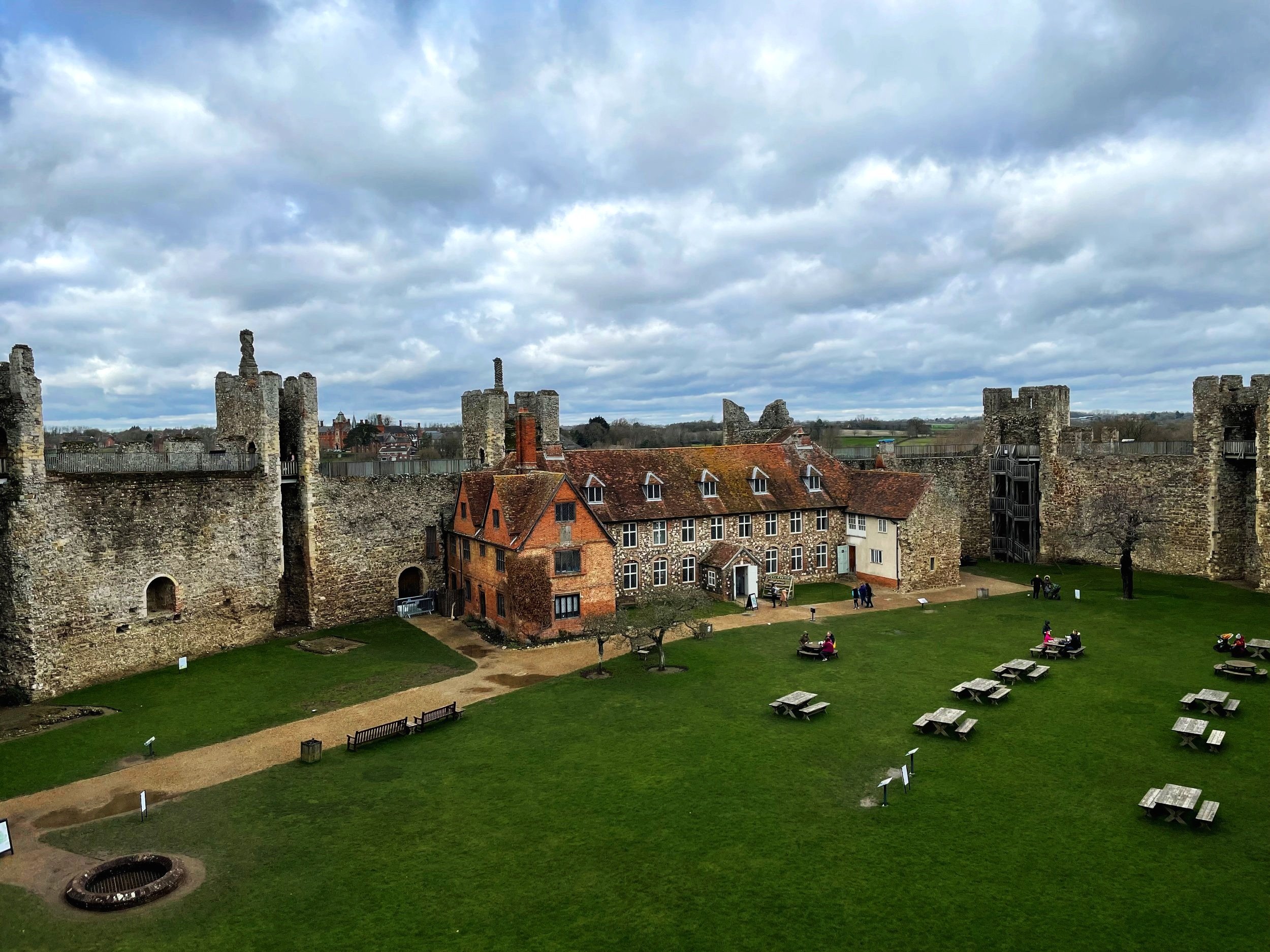
Framlingham Castle
1. Framlingham Castle
Steeped in history as it is, you may be already familiar with Framlingham Castle without realising it. Ed Sheeran’s song ‘Castle on the Hill’ has been called a ‘love letter to Suffolk’. That’s because he comes from Framlingham and the song is about…Framlingham Castle.
The castle has been around for a lot longer than Ed though, and he’s not exactly the first famous person to have a link with it. It was at this castle, in 1553, that Mary Tudor was proclaimed the first official Queen of England.
You can stand on these castle walls and see Suffolk in all its splendour. The surrounding parklands are a joy to wander around and the nearby town of Framlingham is a little gem.

Orford Castle
2. Orford Castle
Another Suffolk castle. Orford Castle was built by Henry II and is important today as it’s seen as one of the most complete keeps in England.
Its polygonal tower is incredibly intact. You can visit the basement, lower and upper halls, and climb up to the roof. From there the view of the village is fantastic. You can see the coast too.

Abbey Ruins at Bury St Edmunds
3. Bury St Edmunds Abbey
Bury St Edmunds Abbey is another place with a major historical first in its history. It became a shrine to King Edmund, the martyred monarch who became the first patron saint of England and East Anglia.
This is a place with centuries of heritage and was once one of the wealthiest and most powerful Benedictine monasteries in the whole of England.
Today its remains are impressive to say the least. They include the fourteenth century Great Gate and Norman Tower as well as the ruins, and famous west front, of the huge church.
Bury St Edmunds itself is a thousand year old market town and is well worth a visit. It’s the sort of place, with its great selection of shops, cafes, restaurants and pubs, that sums up Suffolk’s charm.
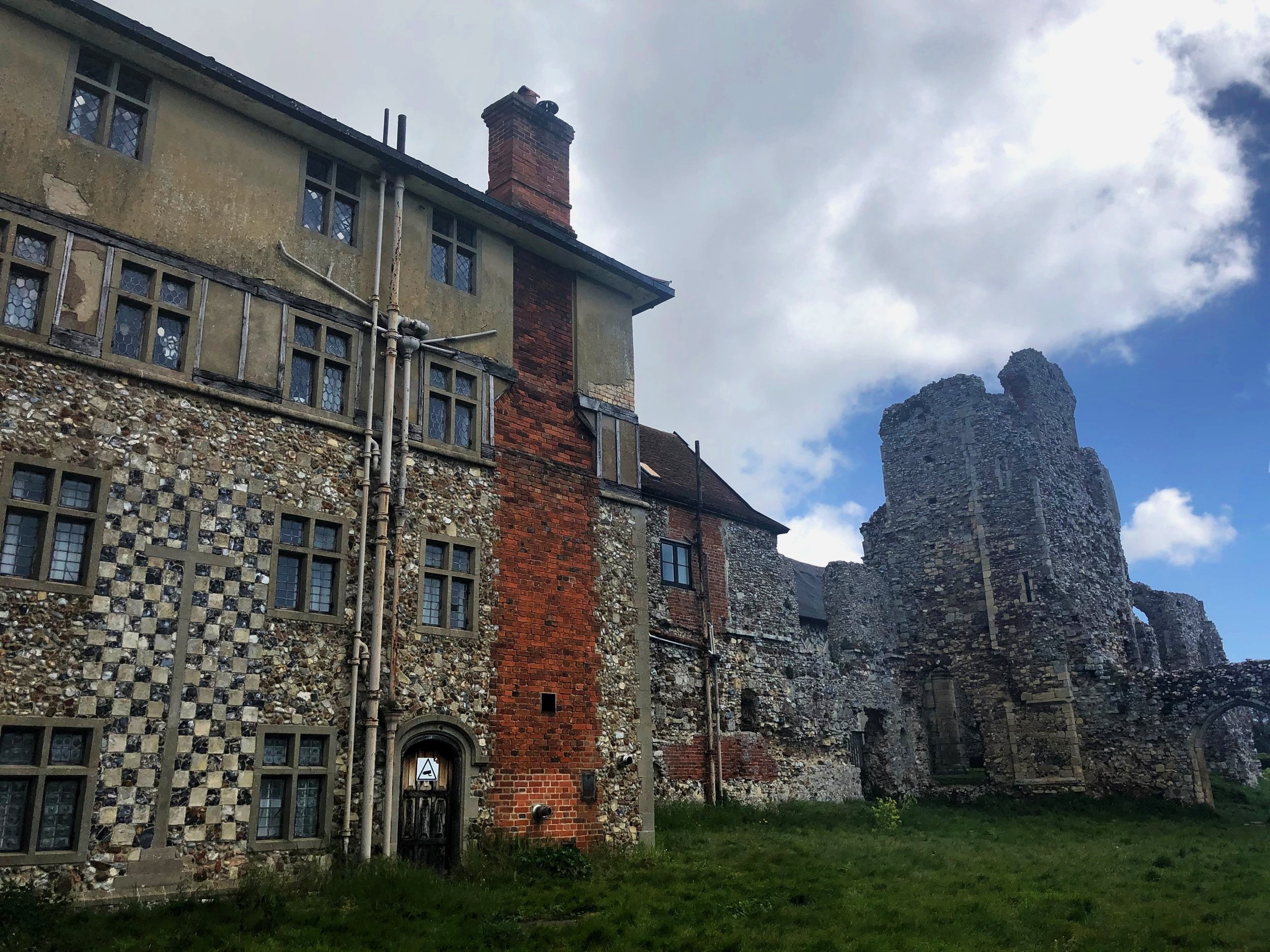
Leiston Abbey
4. Leiston Abbey
Whilst we’re talking about Abbeys, the remains at Leiston Abbey are some of Suffolk’s most impressive.
These are fourteenth century remains and they are to be found in open fields. It’s a peaceful place and you’ll see the remains of the Abbey church and cloisters. It has an interesting historic twist. The original Abbey was built in 1182 but demolished in 1363 - apparently the location was too swampy - but they recycled some of the materials. So what you see contains some features stretching back to Norman architecture, predating the building itself.
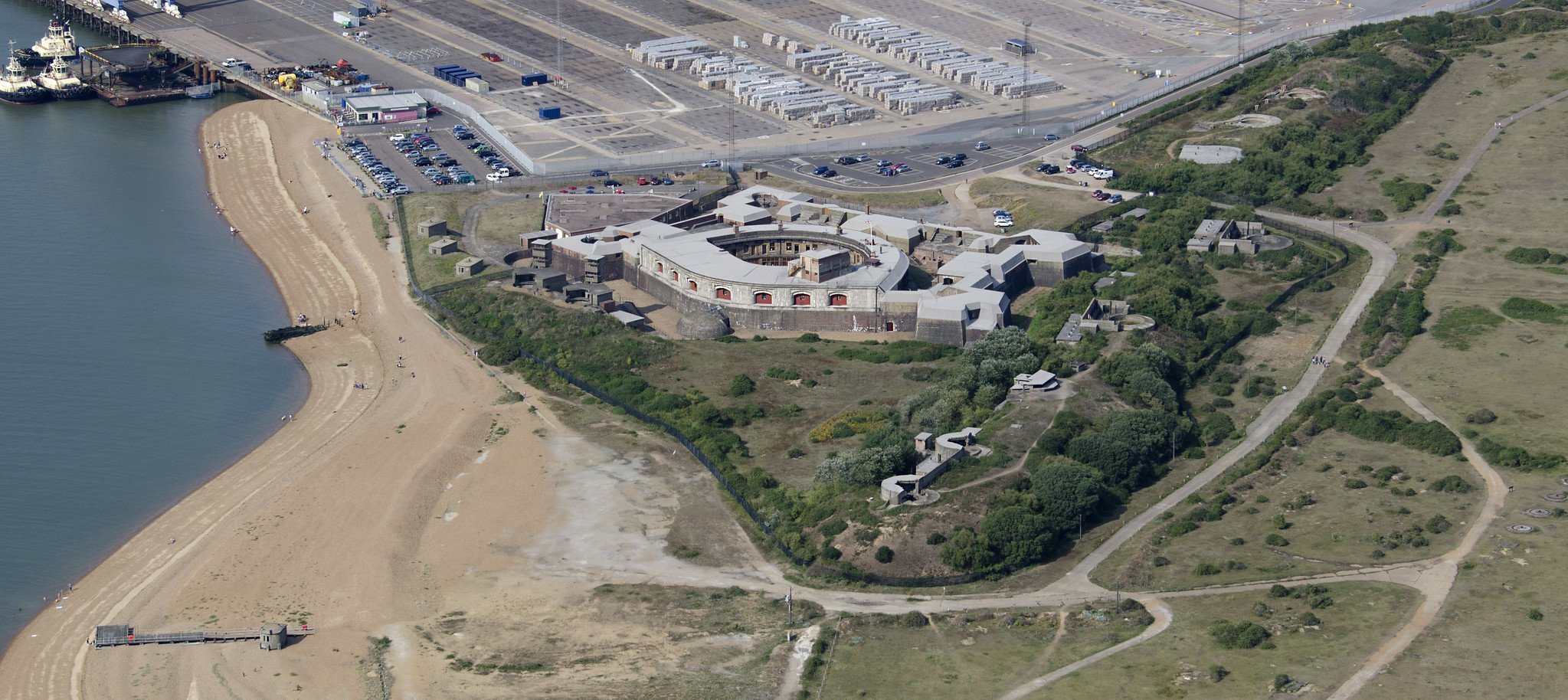
Landguard Fort - John Fielding / CC BY 2.0 Deed
5. Landguard Fort
Landguard Fort is a good place to take a digital dive into this place and its history but you’ll definitely want to experience it for real. This is somewhere where you can explore a maze of passageways and rooms. You can climb up the Harwich Bastion too, and take in the sweeping views of Felixstowe, which is still one of the UK’s most important ports.
Landguard Fort has an amazing history. In 1667 it saw the last opposed seaborne invasion of England, and the first land battle of the Royal Marines. The fort was manned and operational during both world wars. In the Second World War it was a vital anti-aircraft battery. The guns were taken down in 1951 and the space converted into a Cold War control room.
The fort you see today was actually built in the 1700s and modified over the next two hundred years. Look out for events, re-enactments and all manner of activities at this fascinating location.

Moulton Packhorse Bridge - G Laird / CC BY-SA 2.0 DEED
6. Moulton Packhorse Bridge
Moulton Packhorse Bridge is a four-arched late medieval bridge over the River Kennett on the ancient route from Cambridge to Bury St Edmunds. It’s a famously pretty structure. Strictly speaking it’s not a packhorse bridge because it’s wide enough to take carts. Nowadays it’s only used by pedestrians. There’s a concrete platform though to allow cars to cross here. It also allows you to see the underside of the arches.
The lovely little arches of the bridge are interesting. The pointed shape was constructed using wooden formers, a technique that disappeared after the fifteenth century.
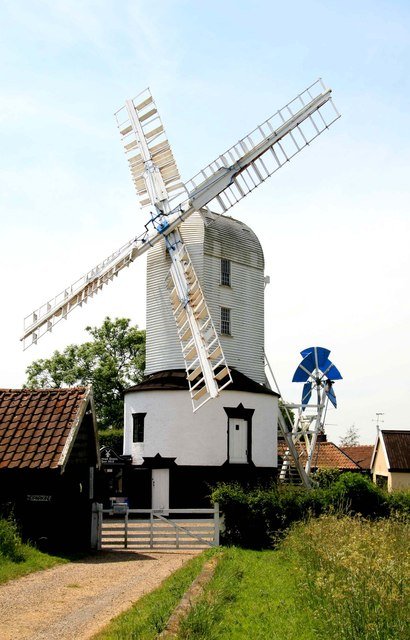
Saxtead Green Post Mill - Chris Allen / CC BY-SA 2.0 DEED
7. Saxstead Green Post Mill
Suffolk is famous for its mills; Saxtead Green Post Mill dates from the thirteenth century. It’s a corn mill with the classic construction allowing the body of the mill to revolve on its base. Operational work stopped here back in 1947 but it’s still in working order. Climb the floors and see how it all works. This important Suffolk landmark is a must see.
Suffolk is a place of great heritage and an ideal location for your own UK holiday home.
Get in touch to arrange a viewing around our Suffolk holiday parks. With a Suffolk holiday home, you can explore these English Heritage sites and so much more whenever you want!
We’re delighted to announce that Waveney River Centre will be the official starting point for the BLUE Waveney Swim launching on Sunday 29th June 2025.
Holidays at Waveney River Centre puts you in the centre of so much to see and do. A year-round escape offering scenic pitches, luxurious lodges, and endless tranquillity, making it your ideal staycation destination.
Dive into your fitness goals at Tingdene holiday parks in Norfolk and Suffolk! Enjoy year-round swimming, adult sessions, and exclusive discounts for holiday home owners. Stay active in style at Great Yarmouth, Lowestoft, and more!
We all like to think about romance as Valentine’s Day draws near. Check out these ideas for places to be when romance is in the air; beach walks, country estates, dining, wine tasting and more across Norfolk, Suffolk, Yorkshire and Lincolnshire.
Suffolk is a magical time during the festive season; we’ve made a list of events planned for December. Here are some of our favourites that are not to be missed while you are in the area.
We’re looking ahead to December to see what festive events will be happening in Lincolnshire.
Home to the Moors and famous coastal town of Whitby, here’s a list of things to do in December in North Yorkshire.
East Yorkshire is home to beautiful coastlines and countryside to be enjoyed all year round. Here’s a list of things to do in November and December.
Full of great towns, countryside and coast, Essex has plenty to see and do. We’ve made a list of our favourite events planned in Essex for December.
With the nights getting darker and the days getting colder, we’re looking ahead to December to see which top tourist sites in Norfolk have festive plans.
We have taken a look at a brief history of firework night, as well as some of the most exciting fireworks celebrations to visit in Norfolk, Suffolk, North Yorkshire, East Yorkshire and Lincolnshire; all close to our UK holiday parks.
There are so many reasons as to why people love the Yorkshire coast. It’s a place of history, scenery, and heritage. From the Tees to the Humber the coast in Yorkshire covers over a hundred miles of beaches and cliffs.
Head to the Great Home Holiday Show and find us at STAND P16 for a chat about Holiday Homes and Residential Homes with the Tingdene Group!
Enjoy family fun, take a look around our available holiday homes, enjoy 10% off at Moss & Co Broadlands and explore this beautiful Broads location.
Picking your own fruit makes sense of course. It’s a very cheap way of buying the freshest possible crops. It’s more than that though. It’s a fun day out, for all the family. It’s great outdoor exercise. And, importantly for the young ones, it’s brilliant to see where our food actually comes from.
At Caldecott Hall Country Park, we are always looking at ways to innovate and improve. We wanted to gauge your thoughts on exploring the exciting possibility of a Padel Tennis Court!
Beautiful, brilliant Bridlington really does represent all that’s best about the British seaside. A Yorkshire town on Britain’s lovely east coast, it’s a place of history, heritage and a whole lot of fun for a family holiday.
Take a look around our available holiday homes for sale or find out more about bringing your caravan to the most easterly caravan park in the UK.
Take a look around our available holiday homes and enjoy live music, plus enjoy free Disc Golf and swimming sessions for any sales appointments!
What’s brilliant about owning a UK holiday home is getting to know the area around a special location. Take this mini tour of upcoming springtime events around the country.
Great Yarmouth - it’s one of those places forever linked with holidays, good times, and happy memories. Take a look at just some of the reasons why Great Yarmouth is so…great!
Suffolk is a treasure trove of castles, churches and historic sites; the sheer number of lovely places to visit is one of the many reasons people are choosing to have a holiday home in the area.
We've compiled a list of where you can buy pancakes any day of the year across Norfolk, Suffolk, Yorkshire and Lincolnshire.
Three words that sum up the scope of some of our favourite places are Broads, Wolds & Moors. These three words sum up why a UK holiday home in East Anglia, Lincolnshire or Yorkshire is a wonderful idea.
The Tingdene Group are delighted to announce that we are exhibiting at the 2024 Caravan, Camping and Motorhome Show in Birmingham this February.
Barn 1 Bar & Restaurant, Redwings Horse Sanctuary, Caldecott Hall Golf Club and more! Caldecott Hall Country Park has plenty to offer to visitors and holiday home owners alike - it’s the perfect place for a caravan, lodge or cottage holiday home.
The wonderful East Anglian coastlines, the iconic Broads National Park, scenic countryside and an easy-going lifestyle are all very attractive. Explore these top tips to buying a holiday home in Norfolk and Suffolk!
When you own your own UK seaside holiday home you have lots of holiday benefits and one of the key ones is that you’re in control of your own time. Check out these 5 top tips on keeping active on holiday.
With its picturesque landscapes, charming villages, and diverse range of attractions, it's no wonder that Suffolk holiday homes have become an appealing choice for holiday makers seeking a unique and enriching vacation. Here are some reasons why Suffolk is a good choice.
Yorkshire, the largest county by area in the UK, is big on holiday home appeal. The great outdoors, stunning beaches, art and culture, food and drink - the 4 big things you look for in a holiday home location are all there to take advantage of.

